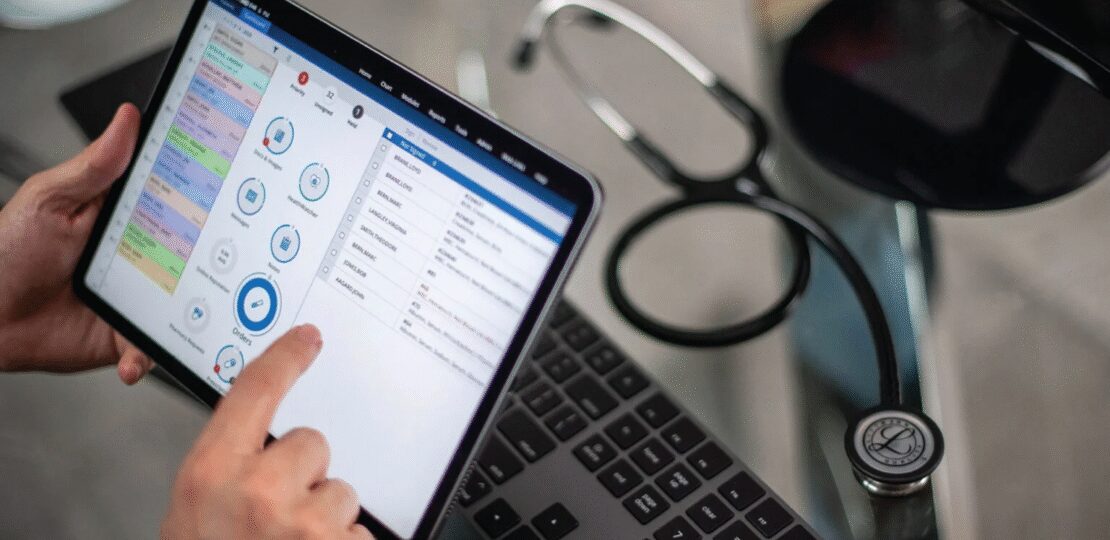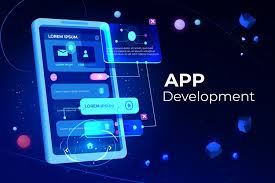From Clinics to Cloud: The Evolution of Healthcare Software
October 21, 2025 | by IoT Development Company

In the past few decades, healthcare has undergone a remarkable transformation. What was once a system dominated by handwritten notes, paper charts, and face-to-face consultations has now evolved into a digital ecosystem powered by sophisticated healthcare software. From local clinics to global health systems, the journey from manual processes to cloud-based solutions has revolutionized how care is delivered, recorded, and analyzed. This article explores the evolution of healthcare software from its humble beginnings to its present-day sophistication and how it continues to shape the future of modern medicine.
The Early Days: Paper-Based Systems and Manual Processes
Before the digital revolution, healthcare was managed through physical records stored in filing cabinets. Doctors would manually record patient histories, test results, and prescriptions on paper. While this method worked for smaller clinics, it posed major challenges as hospitals grew larger and patient data increased. Information was difficult to share, prone to loss or damage, and time-consuming to update.
In the 1960s and 1970s, the first signs of digital healthcare emerged. Large hospitals and research institutions began experimenting with mainframe computers to store basic patient information. However, these systems were expensive, complex, and only accessible to a few institutions with the technical expertise to operate them. The average clinic still relied heavily on paper.
The Birth of Electronic Health Records (EHRs)
The 1980s and 1990s marked a turning point with the introduction of Electronic Health Records (EHRs). EHRs replaced paper charts with digital systems that could store patient data more securely and retrieve it quickly when needed. They improved record accuracy, reduced duplication, and helped standardize medical documentation.
However, early EHR systems were often local, meaning data could not easily move between hospitals or clinics. Each facility maintained its own database, limiting collaboration between healthcare providers. Despite this, EHRs laid the groundwork for the more integrated systems we use today.
Governments around the world recognized the potential of EHRs and began encouraging their adoption. For example, in the U.S., the Health Information Technology for Economic and Clinical Health (HITECH) Act of 2009 provided incentives for healthcare providers to implement digital record systems. This global push toward digitization marked the beginning of a new era in healthcare management.
Integration and Interoperability: Connecting the Dots
As healthcare organizations adopted different software solutions for billing, patient management, and diagnostics, the need for integration became evident. Doctors, nurses, lab technicians, and administrators all needed access to the same information, but in many cases, systems didn’t “talk” to each other.
The focus of healthcare software shifted toward interoperability the ability of different systems to exchange and interpret data. Application Programming Interfaces (APIs) and standardized data formats like HL7 and FHIR emerged, allowing seamless communication between different healthcare platforms.
This integration meant that lab results, prescriptions, and imaging reports could now be automatically shared and updated in real-time. As a result, healthcare professionals gained a more holistic view of patient health, leading to more informed decisions and fewer medical errors.
The Rise of Cloud-Based Healthcare Solutions
The early 2010s saw another massive leap the rise of cloud computing. Cloud technology changed everything. Instead of storing data locally on a hospital’s servers, information could now be securely stored and accessed online. This shift unlocked countless benefits:
- Scalability: Clinics and hospitals could expand without worrying about running out of storage space.
- Accessibility: Doctors could access patient records anytime, anywhere whether on a desktop in the clinic or a mobile device on the go.
- Cost Efficiency: Cloud solutions reduced the need for expensive hardware and in-house IT maintenance.
- Data Backup and Security: Cloud providers offered automatic data backups and advanced encryption to protect sensitive patient information.
This movement to the cloud also enabled telemedicine allowing patients to consult with doctors remotely and laid the foundation for AI-driven healthcare innovations.
Artificial Intelligence and Predictive Healthcare
Today, healthcare software is no longer just about record-keeping; it’s about insight and prediction. Artificial intelligence (AI) and machine learning (ML) have become powerful tools in diagnosing diseases, predicting patient outcomes, and personalizing treatment plans.
AI algorithms can analyze vast amounts of patient data, identifying patterns that even experienced doctors might miss. For example, AI systems can detect early signs of diseases like diabetes or cancer based on subtle changes in lab results or imaging scans. Similarly, predictive analytics help hospitals forecast patient admission rates, manage resources, and reduce waiting times.
These advancements make healthcare more proactive rather than reactive focusing on prevention and early intervention instead of treatment after illness strikes.
Patient-Centered Care and the Digital Experience
Modern healthcare software also empowers patients like never before. Through mobile apps and patient portals, individuals can now:
- Schedule appointments online
- Access test results instantly
- Track their fitness and medication adherence
- Communicate directly with healthcare providers
This level of transparency and control enhances patient engagement and builds trust. Moreover, wearable devices like smartwatches and fitness trackers integrate with healthcare software, feeding real-time data on heart rate, sleep, and activity levels helping doctors and patients monitor health continuously.
The Future: Towards a Connected, Data-Driven Health Ecosystem
Looking ahead, healthcare software will continue to evolve toward a connected, data-driven ecosystem. The integration of blockchain for secure record sharing, AI for diagnostics, and Internet of Things (IoT) devices for real-time monitoring will further revolutionize how care is delivered.
Cloud-based platforms will likely become the backbone of healthcare systems, enabling seamless collaboration between clinics, pharmacies, labs, and insurance companies. The focus will remain on improving efficiency, personalization, and accessibility ensuring quality care for every patient, anywhere in the world.
Conclusion
The evolution of healthcare software from the humble paper charts of the past to the intelligent cloud-based systems of today reflects the broader journey of medicine toward precision, accessibility, and efficiency. What began as a tool to store data has grown into a dynamic system that saves lives, reduces costs, and enhances the patient experience.
As technology continues to advance, one thing is certain: healthcare’s future will not just be digital it will be intelligent, interconnected, and deeply human at its core.
RELATED POSTS
View all



